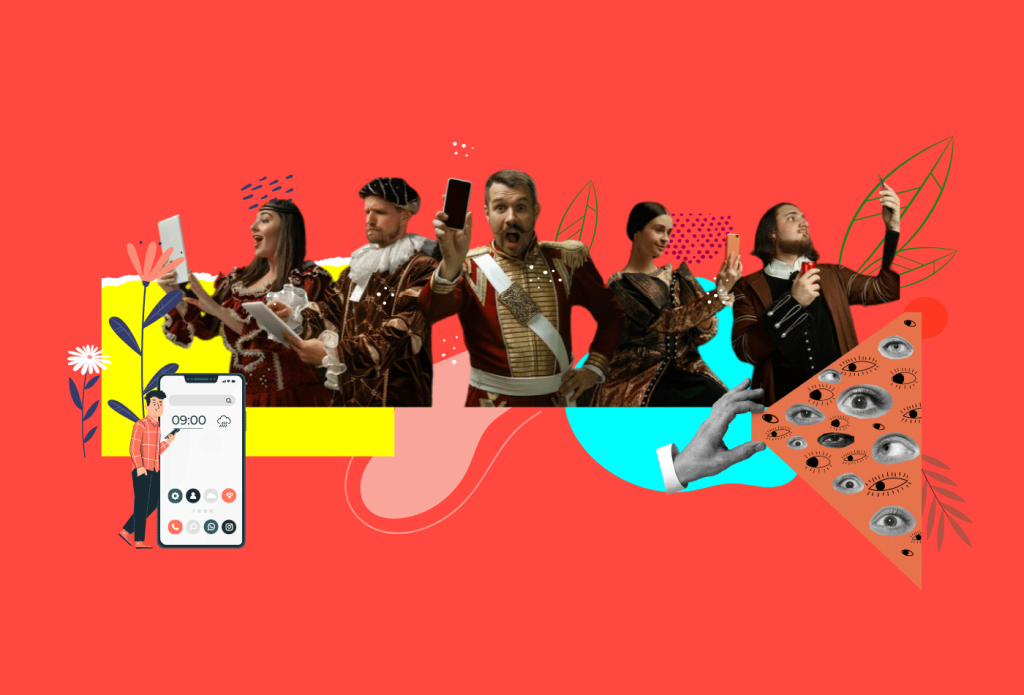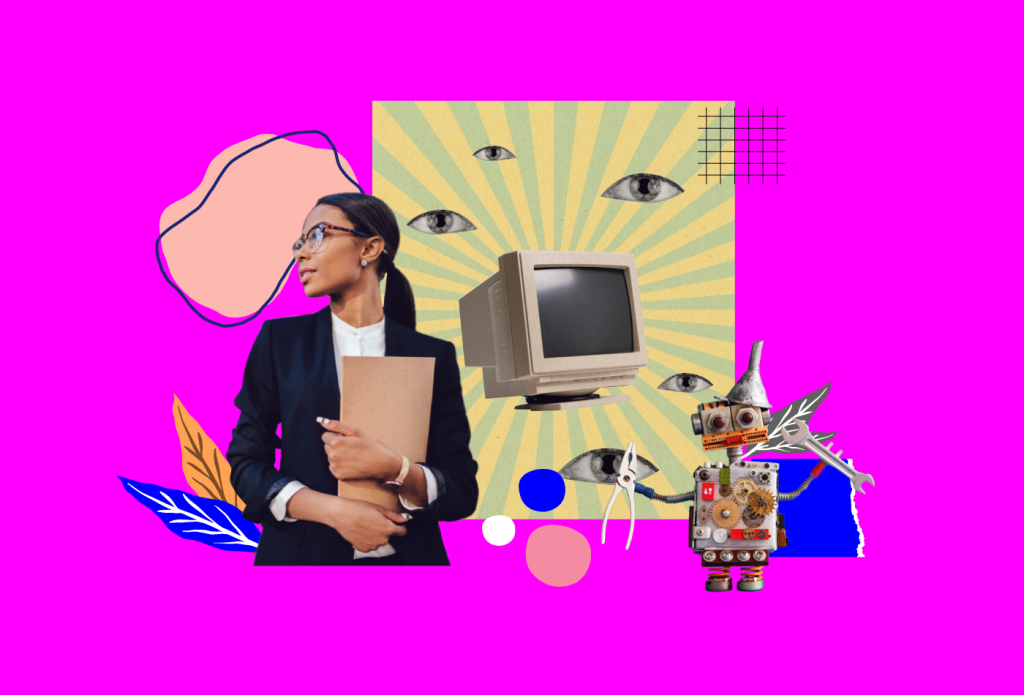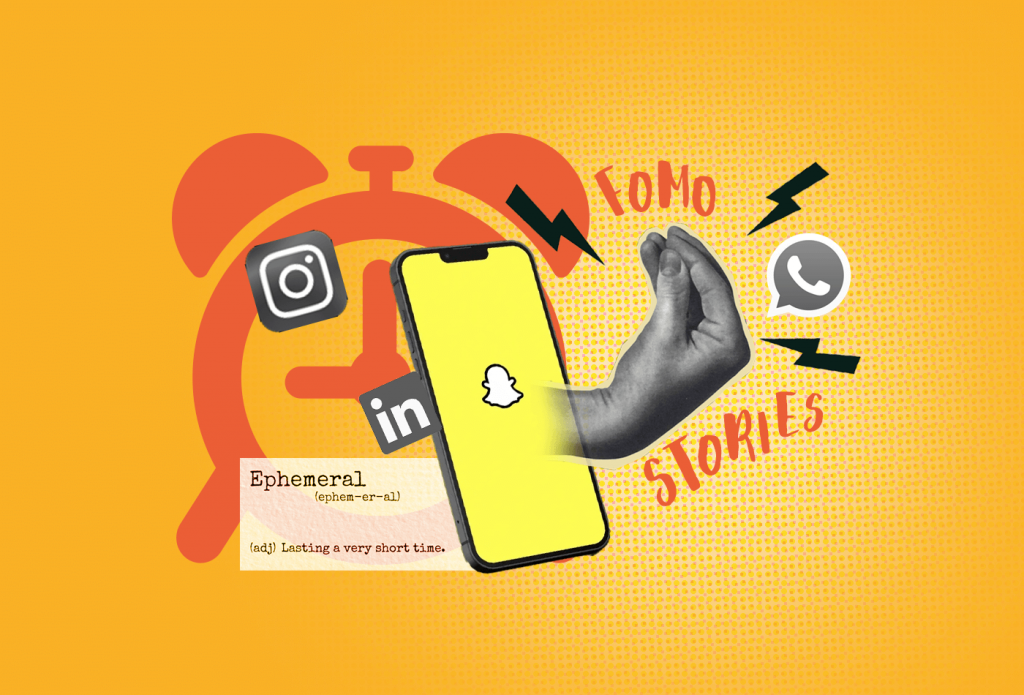You want to renovate your workspace but are too afraid to step out of the house and meet new people (actually many people are). Especially in 2021 when consumers prefer to do things online brands have rolled out digital realities to provide virtual customer experiences.
Augmented reality and virtual reality, the buzzwords dominating the digital marketing arena have secured safe seats in marketers’ lap and have transformed the scope of customer experience.
Augmented Reality and Virtual Reality
Augmented reality and virtual reality share a lot of commonalities but are quite different from each other. The former is the enhanced version of the real world which has been digitally augmented with sounds and visuals, while the latter shut out the physical world and lets the user interact with an artificial 3D environment in a computer-generated simulation. There is a combination of both realities that result in mixed reality– a hybrid technology that makes it possible to see virtual objects in the physical world.
This article talks about how virtual reality is re-shaping the digital marketing arena.
Online Shopping will give the vibe of brick-and-mortar stores
What online shopping could not encourage was the trial of products before their purchase that (often) led to customer dissatisfaction. Now, it is possible. With VR technology consumers can visit and walk through stores, compare different products, try them on and purchase them. Consumers who relied upon physical stores can now be reached with a virtual experience.
Marks & Spencer’s VR Homeware Campaign became quite popular when users were able to select their desired items from the M&S LOFT Homeware ranger using VR headsets. The headsets used Oculus Rift and Leap Motion technology and users could share their designs via social media and purchase them through M&S’s official website.
A new dimension of storytelling
Earlier brands used 2D videos, audio, and text to deliver stories to prospects to build trust and engagement. Now, consumers can jump into the stories and experiences from their own perspective through virtual elements. Brands crawling onto the bandwagon have already grabbed the attention of the users. VR storytelling is here to stay and if you do not want to lag behind it’s high time you gear up for the challenge.
Using the power of immersive VR and storytelling, National Geographic has pioneered in shining a light on the need for conservation of natural heritage in South East Asia through the story of Son Doong– the largest cave in the world.
The team also managed to film the first-ever 360-documentary from the heart of a pride of wild lions emphasizing the power of Virtual reality. They made it possible for people to meet a lion face to face in virtual reality.
Realistic Dreams
The dream of comfort and pamper in the cozy furniture of hotel rooms beside the ocean. The dream of capturing the picture-perfect moments adjacent to the beautiful landscape. These dreams can now see the light of reality. In a world full of possibilities, the travel industry is most excited to bring forward a better customer experience. Travel enthusiasts are always on the hunt for high ratings and reviews before they can book their accommodations. Pressing these pain points many hotels are providing opportunities for users to virtually experience hotel tours and tourist attractions.
The ‘Atlantis The Palm In 360 Virtual Tour’ gives an interactive experience with narration for users to witness the unique characteristics of the luxury hotel resort.
Bringing brands to life
There is an aspect of immersion when brands market themselves through flatscreens, but the experience in virtual reality is far greater than that. Consumers are not just spectators but they have the feeling of being there. Brands are leveraging this technology to give a tangible experience to the audience and bridge the gap between them.
Future of Virtual Reality
According to IDC Research 2018, investment in AR and VR will multiply 21-fold over the next four years, reaching 15.5 billion euros by 2020. Technology has immense potential to become the key to digital transformation. The brands that have been skeptical to adopt such technology have witnessed its potential and have entered the bandwagon.
The big companies are already developing headsets without cables with powerful processors. The latest 5G standard allows devices to connect larger communities. Forbes says “very soon, VR creators will extend this sensory hijacking to our other faculties- for example, touch and smell- to deepen that sense of immersion. At the same time, the devices we use to visit these virtual worlds will become cheaper and lighter, removing the friction that can currently be a barrier”.
Therefore, VR is not science fiction we see in movies anymore but the reality that marketers and consumers are immersed in.





